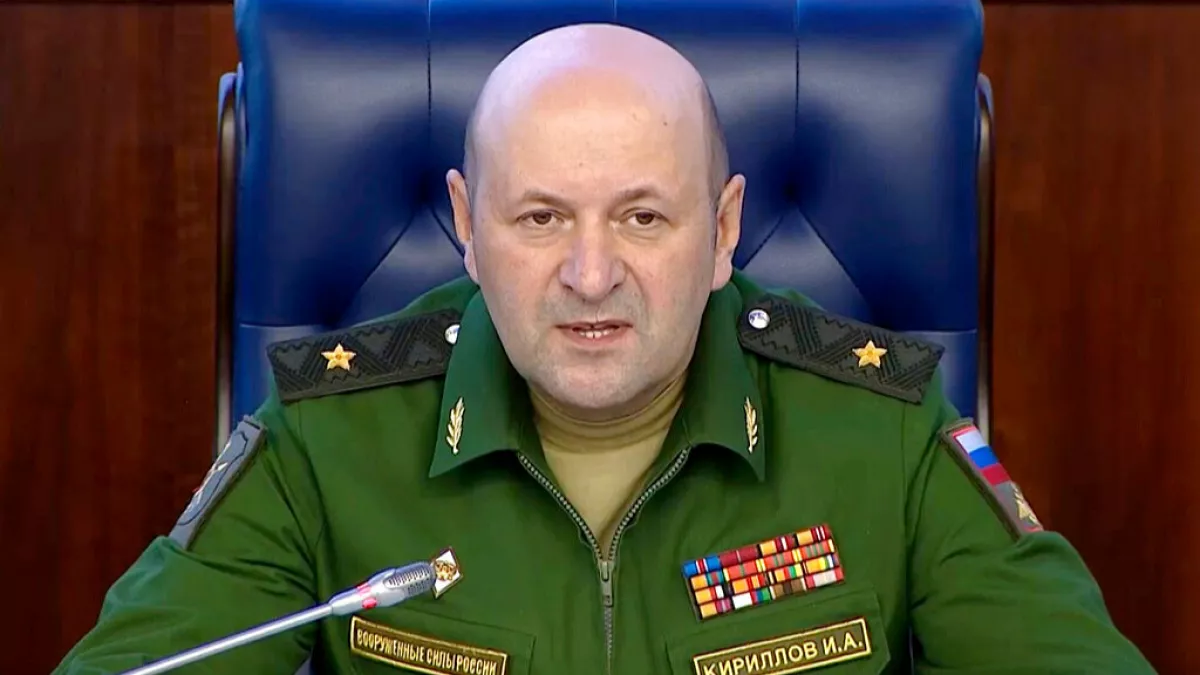The conflict in Ethiopia’s Amhara region reached a critical point on Monday as Ethiopia’s federal authorities acknowledge the loss of territories to militia fighters.
Fighting continued Monday between local militias and the military in the Amhara region. Both Bahir Dar, the regional capital, and the historic city of Gondar have become the epicenters of violent confrontations, leading to deep distress among the local population.
The fighting in the Amhara region involves the Ethiopian National Defense Forces (ENDF) and the Fano Militia.
Clashes in the region started in April, triggered by the federal government’s decision on April 11 to issue an integration order. The order aimed to merge security forces from Ethiopia’s 11 regions into the federal forces, but it resulted in violent protests in Amhara.
Local communities resisted the move, expressing fears of losing autonomy and voicing distrust towards outsiders handling security matters in their region. This resistance led to heightened tensions and clashes in the area.
According to residents in the affected areas who spoke to Anadolu on Monday, the clashes have led to a devastating toll on lives and infrastructure.
“The situation is unbearable. We fear for our families and loved ones as the violence engulfs our city,” Alemu Bekele, a resident of Bahir Dar told Anadolu.
The Fano Militia armed group has released a statement asserting their dominance over certain areas of Bahir Dar, even in the face of a significant military presence around the city’s airport and state-run TV station.
“We are witnessing an unprecedented situation in our city. The uncertainty is haunting, and we don’t know what the future holds,” remarked Meseret Tekle, another Bahir Dar resident.
Additionally, the militias claimed to have gained control over several other towns, including a significant portion of Debre Birhan, an industrial hub located 130 kilometers (81 miles) north of the capital Addis Ababa.
Amid the escalating violence, the Tabor Medical Center in Bahir Dar has been inundated with cases of injuries.
Asfaw Tadesse, a medical practitioner at the hospital, told Anadolu: “We have seen a notable increase in patients with injuries from the clashes and the medical facilities are under immense strain.”
Temesgen Tiruneh, the intelligence chief of Ethiopia, stated in a live television brief on Sunday that some areas have indeed fallen into the control of the opposing forces.
He said the militia forces have “released criminals from prison” in the areas under their control.
Tiruneh alleged the militia’s goal was to dismantle the regional state government with a broader goal of moving onto the federal system.
The ongoing conflict in the Amhara region of Ethiopia continues to raise concerns within Ethiopia and the international community, with calls for peaceful resolution and humanitarian assistance growing louder.
The conflict intensified in April as the ENDF troops engaged in confrontations with the Fano fighters, an unofficial militia known for its support to federal soldiers during the previous two-year civil war in the neighboring Tigray area.
On Aug. 4, Ethiopia declared a state of emergency to contain escalating violence in the Amhara region, the nation’s second-largest administrative area.












